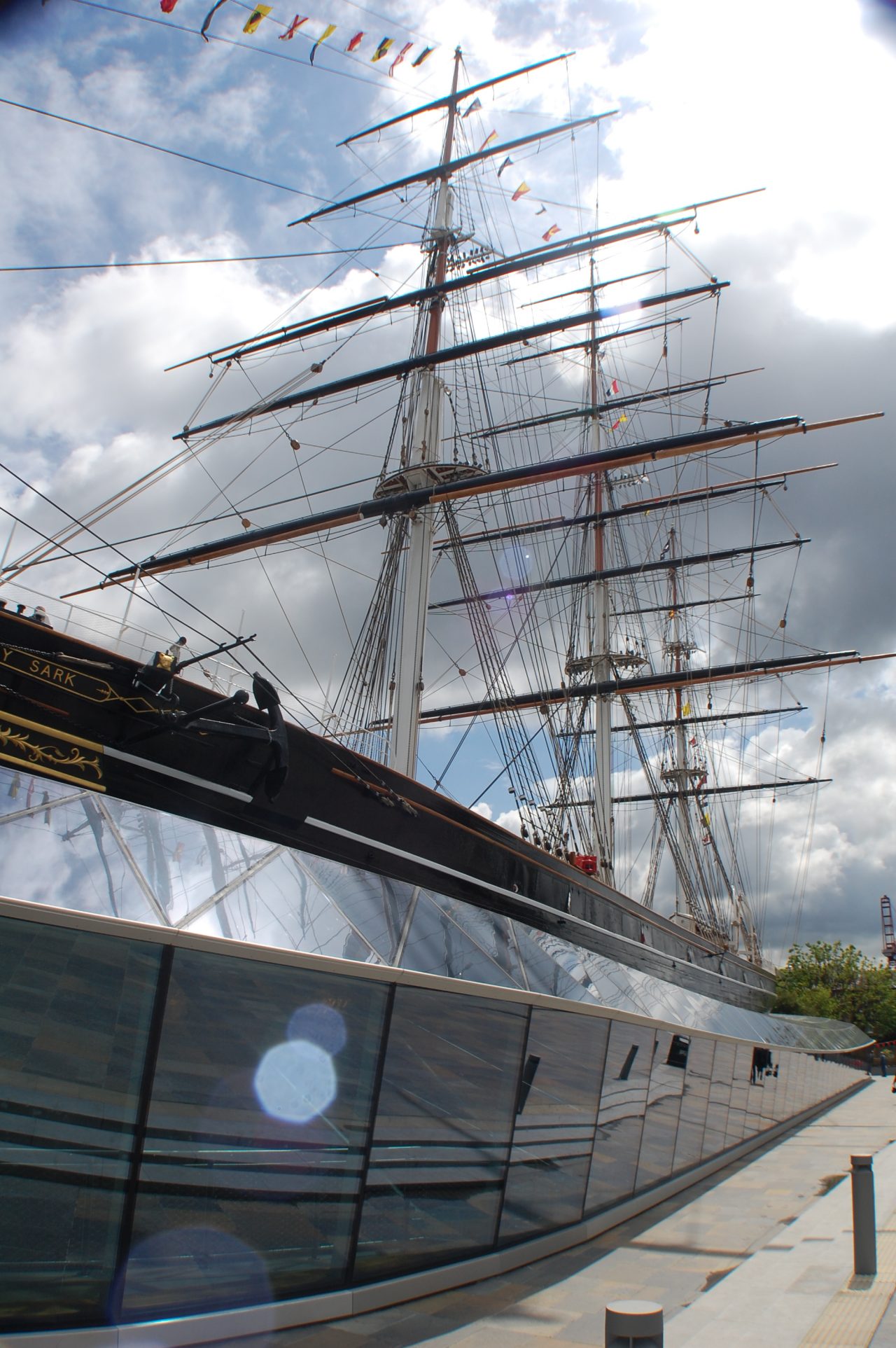From anti-reflection to color tints, modern glass enhances design in many ways.
Whatever the construction challenge, we have the glass to help meet it.
See how the correct choice of glass can help transform a home – and even our wellbeing.
What modern glass can do
How and where glass is used
How glass is made and what it offers
The 75,000 square metres façade features a curtain wall that is double glazed to allow for a high solar protection on neutral-looking glass.
The new-build façades are predominately brick-faced, with punched windows to reflect the surrounding context.
Curved glass, punch windows and precast stone panels make up the envelope on a figure-of-eight footprint.
Explore Guardian Glass projects in your area and beyond with Google Street View and be inspired by the possibilities.
Discover our showcase projects, captured through the lens of professional photography.
Search and filter through our wide range of products
See where you can buy Guardian Glass products near you
Learn why Guardian Select processors are reliable partners for your projects
Navigate our architectural glass range and filter options based on product performance and aesthetics.
- SunGuard SuperNeutral
- SunGuard eXtraSelective
- SunGuard High Performance
- SunGuard Solar
- SunGuard High Durable
- Guardian ClimaGuard
- Guardian Sun
- Guardian Clarity
- Guardian PureSight
- Guardian ViewBoost
- Guardian NEXA
- Guardian ExtraClear
- Guardian UltraClear
- Guardian Bird1st
- Guardian LamiGlass Acoustic
- Guardian LamiGlass ExtraClear
- Guardian LamiGlass UltraClear
Just as we were in 1932, we're ready to meet the challenges of now and the future
Find out more about how glass can support sustainable design
We strive for quality in everything we do
Access our comprehensive suite of engineering and analytical tools
Evaluate the aesthetic properties of glass make-ups
Download and use our standardized Guardian BIM content to create project specific BIM files
For anyone who is interested in learning more about glass and its use
- Architectural glass project gallery
- Cutty Sark
Cutty Sark
Museum / arts
King William Walk
London, SE10 9HT
United Kingdom
Museum / arts
King William Walk
London, SE10 9HT
United Kingdom
























Placeholder
Add more products here
Add more products here
Description of the project
The Cutty Sark is the last surviving tea clipper vessel. Her remarkable story is evidence of the importance of sea-trade to the UK and to the growth of London as the world’s pre-eminent port and trading centre. Built as a tea clipper, where speed to market was critical, it is the combination of sail and hull form which gave Cutty Sark her edge.
The dry berth was created in the 1950s, and purpose built in mass concrete to house the vessel when she was brought to Greenwich from Shadwell Basin. The ship was floated down the Thames, and manoeuvered into the berth before the end was sealed and the water drained to allow her to rest on the berth’s floor.
Guardian SunGuard® SuperNeutral (SN) 40/23 was chosen for the fully glazed façade of the museum, which was designed by Grimshaw Architects. Guardian SunGuard SN 40/23 combines high natural light transmission while providing energy savings’ possibility through solar protection and thermal insulation. With a neutral transmitted and reflected colour, the glass has a sophisticated appearance that is ideal for fully glazed facades and which helps to keep visitors comfortable all year round.
Design and supply team
Grimshaw Architects
Architect
Seele
Glazier
Your search has taken you to Guardian's regional site. Products and services tend to differ from region to region (this may suit your needs if you are looking for glass in another area of the world). However, your local Guardian business is identified as being Guardian's regional site, if this is incorrect you can change your regional website settings here.